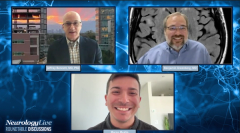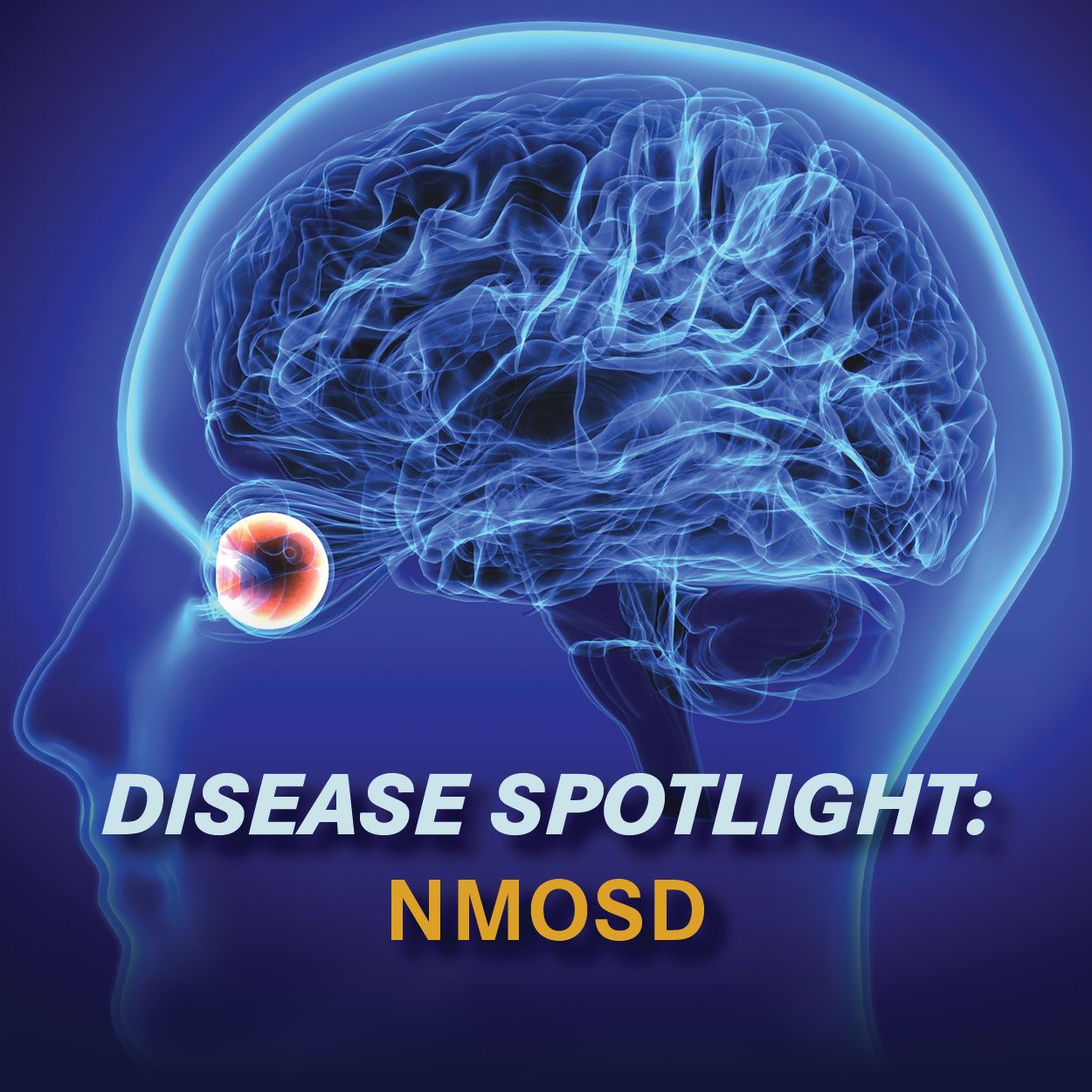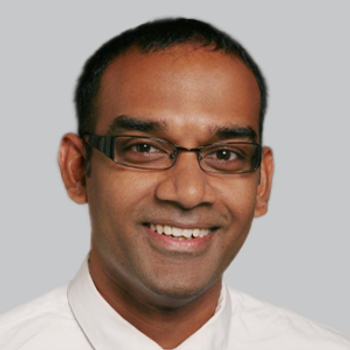
Unmet Needs and Challenges Across Pediatric and Adult MOGAD Populations

The pair of neurologists provided clinical insight on a number of lingering non-treatment unmet needs for patients with MOGAD, including improved care for pediatric patients and underreported complications like sleep disturbances and genitourinary issues in adults. [WATCH TIME: 5 minutes]
WATCH TIME: 5 minutes
Episodes in this series

Over the last 2 decades, the understanding of inflammatory demyelinating disorders of the central nervous system has radically changed with the identification of specific autoantibody-associated conditions distinct from multiple sclerosis (MS), namely aquaporin-4-IgG-positive neuromyelitis optica spectrum disorder (NMOSD) and myelin oligodendrocyte glycoprotein (MOG)-IgG-associated disease. In the most recently published diagnostic criteria of MOGAD, the identification of MOG-IgG was considered a core criterion, marking a major step in improving care and diagnosis rates.
That criterion, which was authored by
In episode 5, the duo dove into the challenges faced by patients with MOGAD, especially in pediatric and adult populations. Greenberg, a pediatric neurologist at the University of Texas Southwestern Medical Center, emphasized the need for better support systems, including academic interventions for children and psychological care for adults. Bennett, a professor of neurology at the University of Colorado School of Medicine, discussed the difficulty in determining who needs treatment and highlighted the cognitive, academic, psychological, and functional struggles patients with MOGAD face after initial attacks. Overall, the two neurologists touched upon the lesser reported complications such as sleep disturbances and genitourinary issues in adults.
SRNA is also hosting the 2024 Rare Neuroimmune Disorders Symposium (RNDS) on October 18-20th. The RNDS was created to bring together individuals diagnosed with acute disseminated encephalomyelitis (ADEM), acute flaccid myelitis (AFM), MOG antibody disease (MOGAD), neuromyelitis optica spectrum disorder (NMOSD), optic neuritis (ON), and transverse myelitis (TM) and clinicians and researchers that focus on these disorders. Invite your patients who may benefit from attending either virtually or in person in Dallas, TX. Healthcare professionals are also welcome to join! Learn more
Transcript edited below for clarity.
Marco Meglio: What are some of the greatest unmet needs outside of treatments? Obviously, we know we need approved therapies, but just from a physician's standpoint, seeing patients on a daily basis, what are certain things that you guys feel maybe need a little more attention? What are things our patients might need more help with in terms of their day-to-day lives? Can you talk a little about some of the unmet needs that patients still face?
Benjamin Greenberg, MD: Yeah, so I would have two, and one of them overlaps with the treatment side. I think one of the biggest challenges in the long term is deciding who to treat and who not to. If we could identify better prognostic markers for who's at risk, not just for relapses but for relapses that might leave a significant impact—because some relapses are mild—we could avoid treating some patients who may not need it. That’s a global scientific issue. But more to your point about quality of life and function: one thing we haven't touched on yet in relation to anti-MOG associated disorder is the high prevalence in the pediatric population compared to the adult population.
For aquaporin-4 mediated disease, it's exceedingly rare in prepubescent children. It happens, but it's very rare. Multiple sclerosis is also very rare in prepubescent children, and both of those disorders increase as you move into adolescence and adulthood. However, anti-MOG associated disorder has a much higher incidence of onset during childhood, especially in prepubescent children, and it often presents as acute disseminated encephalomyelitis (ADEM). When I was training, we were taught that ADEM was a “one and done” event. The issue was that many kids grew up, had their second event later, and no one connected the two.
In our pediatric practice, one of the biggest issues we’re seeing in this unique population is cognitive and academic. We refer to it as "growing into the deficit." A 3, 4, 5, or 6-year-old who has ADEM recovers and looks great, goes off to kindergarten and first grade, and everyone is thankful that their child is doing well after being so sick. But then, in third, fourth, or fifth grade, as academics get harder, people forget the medical event that happened years ago. These kids get diagnosed with ADHD, need to repeat a grade, or struggle in school, but it's actually a neuropsychological issue related to the insult they suffered years earlier.
So one of the main things we try to do in our pediatric practice is make sure these kids get the academic and social support they need after the acute insult, to ensure they succeed not just academically, but in life. We really focus on the cognitive aspects of this condition, finding ways to support any deficits our patients may have.
Jeffrey Bennett, MD, PhD: I agree that's a critical issue—MOGAD’s involvement in the pediatric population and the special needs that arise from it. We see some of those same needs in the adult population as well. Psychologically, there’s depression, anxiety, fear, all of which need to be addressed with symptomatic medicine. Cognitively, we see difficulty concentrating, memory problems, sometimes confusion, whether or not ADEM or another attack was involved.
In the adult population, issues like inability to work and impaired relationships often stem from this. Additionally, something that's not often reported but is significant is poor sleep, which can be addressed medically, as well as genitourinary complications after spinal cord involvement in MOGAD. We don't see this as often with spinal cord injuries in MS or NMOSD, but it’s prominent in MOGAD, and addressing these issues early is crucial to helping patients function and return to work because they can be quite debilitating.
So as we continue focusing on MOGAD and its symptomatology, we’ll get better not only at dealing with attacks and preventing future ones, but also at helping people return to their highest possible level of functioning.
Newsletter
Keep your finger on the pulse of neurology—subscribe to NeurologyLive for expert interviews, new data, and breakthrough treatment updates.





































